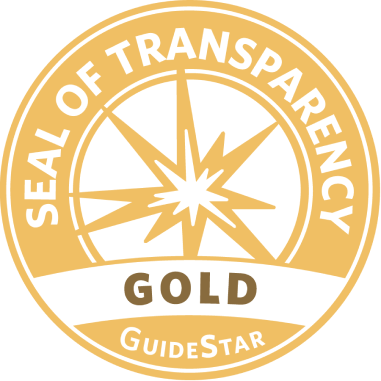For women who have experienced trauma, silence can feel like both a shield and a prison. In Iran and Afghanistan, where oppression and violence are daily realities, many women are forced to suppress their pain, fearing judgment, retaliation, or simply because they have never been given the space to speak. But at the Omid Foundation, we believe in the power of storytelling—not just as a way to document suffering, but as a profound tool for healing and empowerment.
Why Storytelling Matters in Trauma Recovery
Trauma thrives in isolation. When painful experiences remain unspoken, they can weigh heavily on the mind and body, leading to anxiety, depression, and a sense of disconnection from the world. Storytelling allows survivors to break this silence, to externalize their pain, and to begin the process of healing.
By sharing their stories, women can:
- Regain Control Over Their Narrative: Trauma often makes people feel powerless. Telling one’s own story is an act of reclaiming agency, shifting from being a victim to being a survivor.
- Process and Make Sense of Their Experiences: Speaking or writing about trauma can help women organize their thoughts, identify patterns, and find meaning in their journey.
- Connect With Others: Trauma can be isolating, but sharing a story can create a bridge to others who have faced similar struggles, fostering a sense of solidarity and support.
For many women, finding the words to express what they have endured is the first step toward healing.
Different Forms of Storytelling
At the Omid Foundation, we encourage women to share their experiences in whatever way feels most comfortable for them. Some women write personal essays or poetry, while others express their journeys through visual art, music, or even movement. There is no single right way to tell a story—what matters is that it is told.
Some of the most effective methods we use include:
- Journaling: A private and personal way to reflect on experiences and emotions.
- Group Sharing Circles: A safe space where women can share their stories with others who have similar experiences, helping to reduce shame and isolation.
- Creative Writing and Poetry: Turning pain into art can be deeply cathartic and transformative.
- Digital Storytelling: Women create videos, blog posts, or social media content to raise awareness and inspire change.
The Courage to Speak, the Strength to Heal
One of the most powerful aspects of storytelling is that it transforms pain into something meaningful. When a woman shares her story, she is not only helping herself—she is giving a voice to others who may still be suffering in silence.
At the Omid Foundation, we have seen remarkable transformations. Women who once felt invisible now stand with confidence, knowing their voices matter. Their stories, once hidden, now serve as a beacon of hope for others.
Healing begins with a single step. Sometimes, that step is simply telling the truth.

